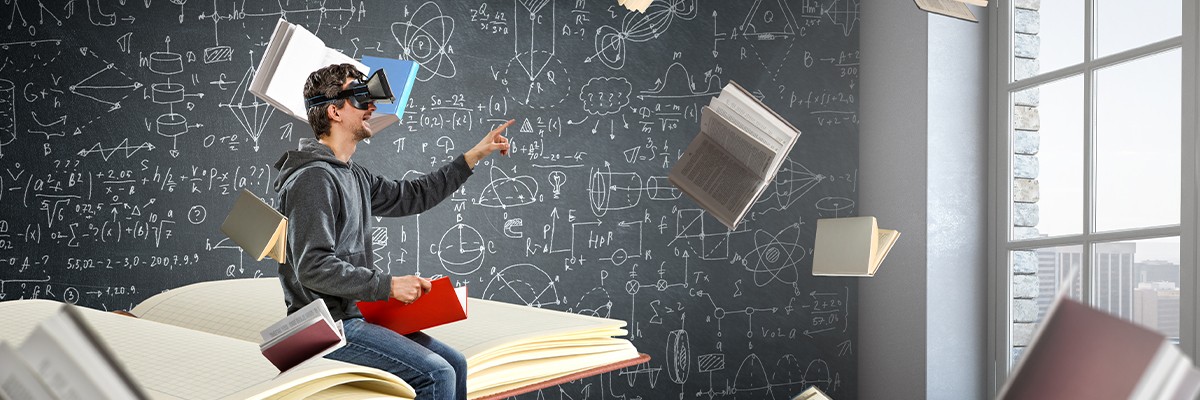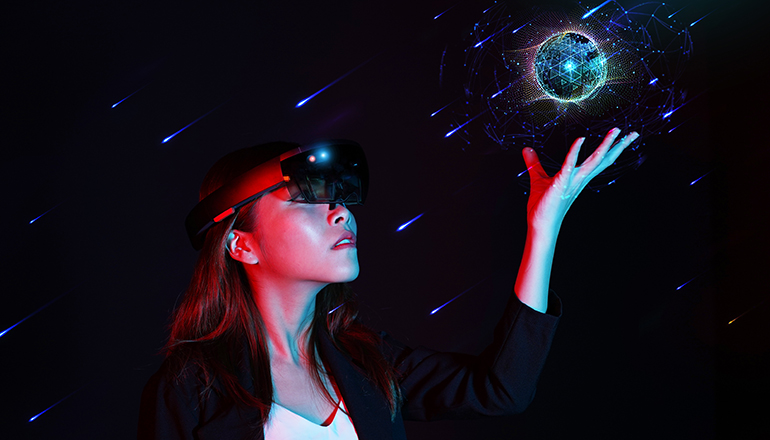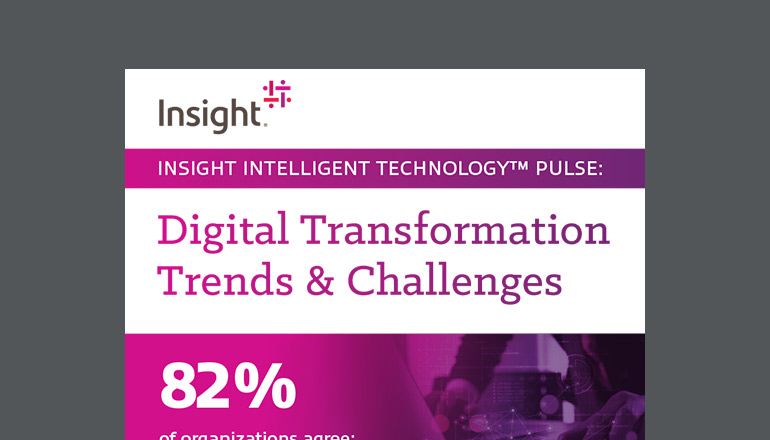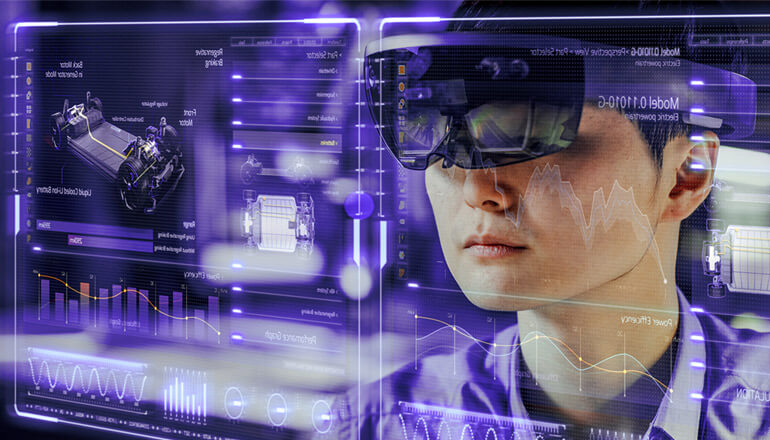Article Ontario College Eyes the Future of Training With Mixed Reality
Applied arts & technology college has taken a next-gen approach to training, partnering with Insight to deploy Microsoft HoloLens 2 MR headsets — accelerating student access to virtual resources.
By Insight Editor / 11 Mar 2023 / Topics: Immersive technology Change and training

Facts at a glance
Client industry:
Education
Challenge:
Deploy a technologically advanced solution to address bottlenecks in the training process and support the delivery of educational content to students.
Solution:
MR training and education through Microsoft® HoloLens® 2, a self-contained holographic computer
Insight provided:
- Microsoft HoloLens 2 hardware & software deployment
- Training modules, including Microsoft Dynamics 365® Guides
- HoloLens 2 workshop
- Custom immersive-experience development
Insight services:
- Consulting Services
Benefits & outcomes:
- Enhanced training through MR
- Elimination of training bottlenecks
- Ability for students to learn at their own pace
- Recruitment selling point
The vision: Take higher-education training to another level with mixed reality.
You don't need a Mixed Reality (MR) headset to see it's exactly what the future of training holds — at least not anymore, for one college in Canada's Niagara Region. With its Microsoft HoloLens 2, the college is now leveraging a state-of-the-art delivery mechanism for educational content, getting students up to speed on new equipment rolled out in its mechatronics lab more efficiently by minimizing bottlenecks in the training process.
Holographic training that’s still hands-on
The college first submitted a request for proposal to Insight, one of just a select few resellers of the self-contained holographic system in Canada. Ultimately, the higher-education institution, which features a student body of 10,500 full-time students, leveraged the hardware and accompanying training, helping professors master the device before passing on access to students.
The Insight platform services team delivered a workshop in person on the ins and outs of the hardware and its software. The training modules ranged from a device introduction to one devoted solely to Microsoft Dynamics 365 Guides, a scripted-training application that holographically and interactively combines visual models and tools.
HoloLens 2 was right in line with what the school had hoped for to resolve its training pain points. The technologically advanced solution enables seamless interaction with holographic elements promoting, in this specific instance, more efficient operation of the mechatronics equipment through the use of pictures, text guidance and custom 3D models.
Teachers become the students.
The first step of the engagement consisted of going over with the college the nature of the training it wanted to modernize. The training needed to fit the needs of the staff available, which was one of the biggest challenges it had been facing.
The next step of the process had professors take on the role of students, learning all they could about the HoloLens 2. The training was provided to instructors before the fall semester; this way, they’d be familiar with the device and could build out material in the Dynamics 365 Guides app to ensure they had a complete curriculum for students.
HoloLens 2 delivers more value than meets the eye(s).
Once implemented, the students could then tackle their respective curriculums at their own pace. Additionally, students have the ability to digitally reach out to their professors to support their learning process. All the while, they’re taking advantage of the MR educational experience, which is the primary selling point of the device. As a result, HoloLens 2 is also quickly becoming a selling point of the school itself.
According to the college's recruitment department, the adoption of an emerging technology like MR, through HoloLens 2, is something that sets the school apart from other educational institutions. The college is even in discussion with Insight to develop a custom immersive experience to explore curriculum options, which would further position HoloLens 2 as a marketing and recruitment asset. In fact, attendance and enrollment numbers were contributing factors in the decision to launch the device as a cornerstone of the mechanical-engineering curriculum in the first place.
The outcome: client satisfaction you can practically touch
After experiencing the benefits in just its first semester with the HoloLens 2, the college is excited about the prospect of expanding use of the hardware to other areas of the curriculum. It has also enquired about purchasing additional HoloLens 2 units from Insight to meet campus demand.
Having delivered the training on-site, Insight was able to glean how impactful this training modernization was directly from the client. The partnership itself is projected to be long-lasting, with MR training set to become an educational staple for years to come.



